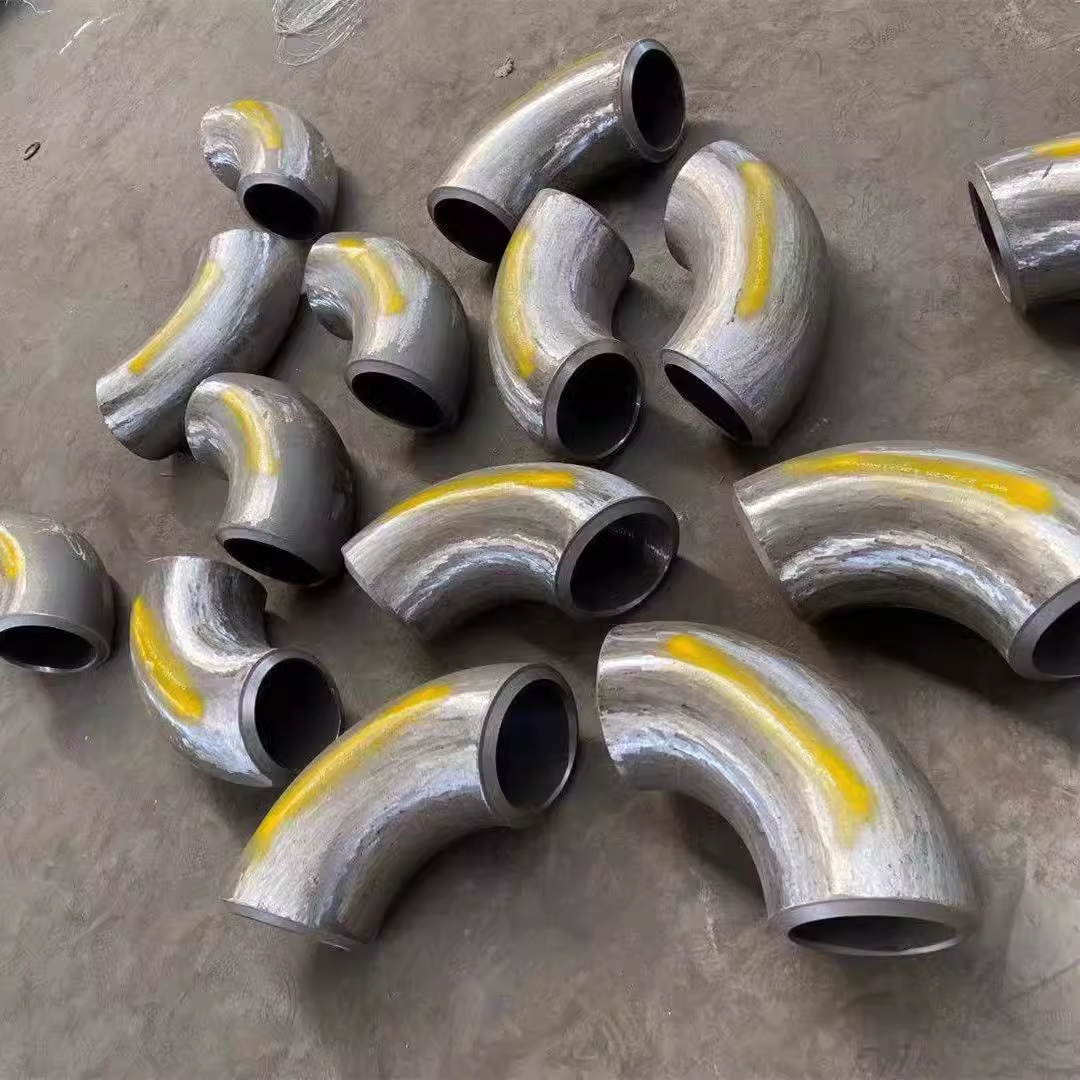A333 and A335 are two different grades of alloy steel pipe elbows. Each grade has its own unique characteristics, applications, and uses.
A333 is a low-temperature steel alloy, meaning it has a higher degree of ductility and is better suited for lower temperature applications. It is commonly used in the production of elbows for low-temperature piping systems. A333 is composed of a combination of chromium, molybdenum, and manganese and is known for its high strength and toughness. It is resistant to cracking and corrosion, making it ideal for applications in harsh environments. It also has a high weldability rating, making it a popular choice for welded joints.
A335 is a higher-temperature alloy steel pipe elbow. It is composed of a combination of chromium, molybdenum, and manganese, and is also known for its strength and toughness. A335 is a popular choice for high-temperature piping systems due to its superior weldability and resistance to corrosion. Its higher temperature rating makes it ideal for applications in hot environments, such as in the production of boilers, heat exchangers, and other high-temperature equipment.
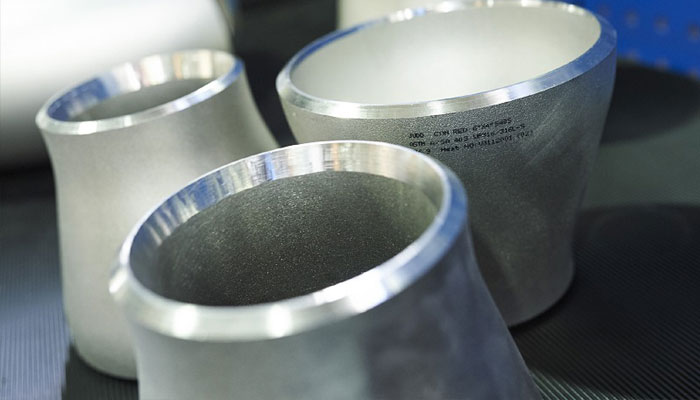
The difference between A333 and A335 alloy steel pipe elbows is primarily in the composition of the base materials. A333 is composed of a combination of chromium, molybdenum, and manganese, while A335 is composed of a combination of chromium, molybdenum, and nickel. The addition of nickel to the A335 alloy makes it more resistant to corrosion and higher temperature applications. Additionally, A335 has a higher yield strength than A333, making it suitable for more demanding applications.
The two grades also differ in terms of their applications. A333 is primarily used for low-temperature piping systems, such as those in the production of boilers, heat exchangers, and other low-temperature equipment. A335 is primarily used for high-temperature piping systems, such as those in the production of boilers, heat exchangers, and other high-temperature equipment. Both grades are widely used in the production of elbows for piping systems.
In terms of cost, A335 alloy steel pipe elbows are typically more expensive than A333 alloy steel pipe elbows. This is due to the higher cost of the materials used in the production of the A335 grade. Additionally, A335 elbows have a higher yield strength than A333, making them a better choice for applications that require a higher degree of strength and durability.
Overall, both A333 and A335 alloy steel pipe elbows have their own unique characteristics, applications, and uses. A333 is a low-temperature alloy steel that is well-suited for low-temperature piping systems, while A335 is a higher-temperature alloy steel that is better suited for high-temperature piping systems. The addition of nickel to the A335 grade makes it more resistant to corrosion and higher temperature applications. The higher cost of the A335 grade is offset by its superior yield strength and resistance to corrosion. Ultimately, the choice between A333 and A335 will depend on the application and the specific requirements of the project.
A333 pipe Chemical Composition
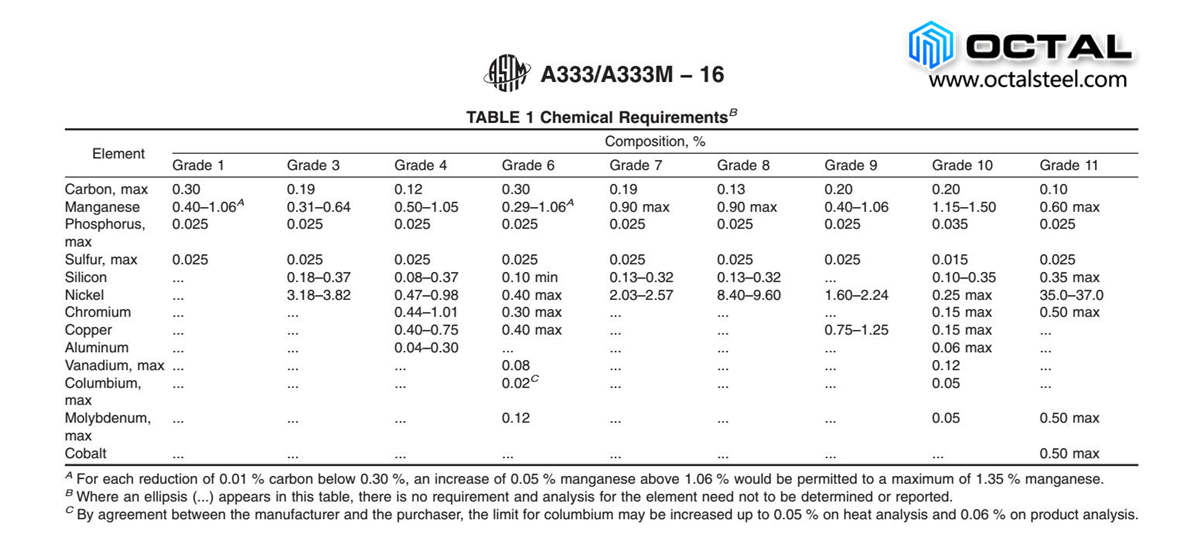
Yield Strength and Tensile Strength
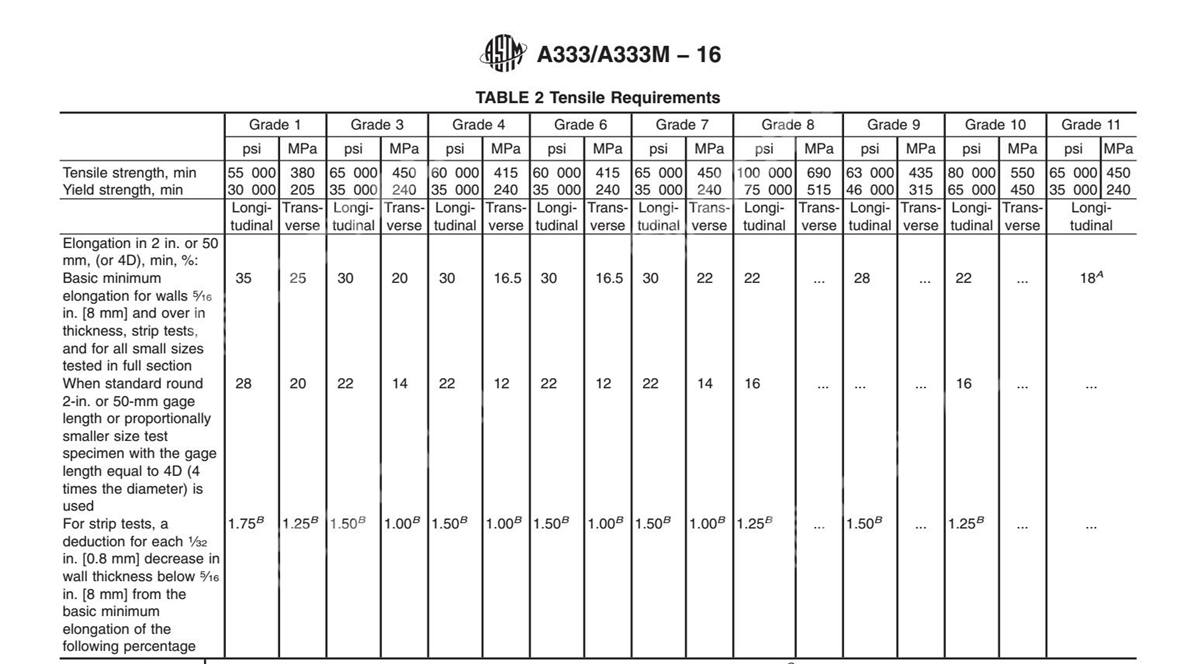
Impact Test Temperature
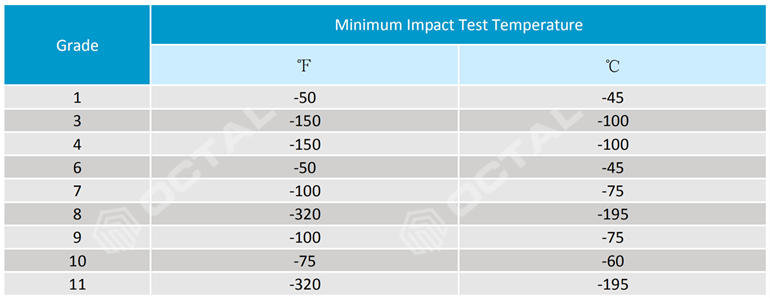
Impact Test Values For ASTM A333 Grade 6, 1, 3, 4, 7, 9, 10, 11
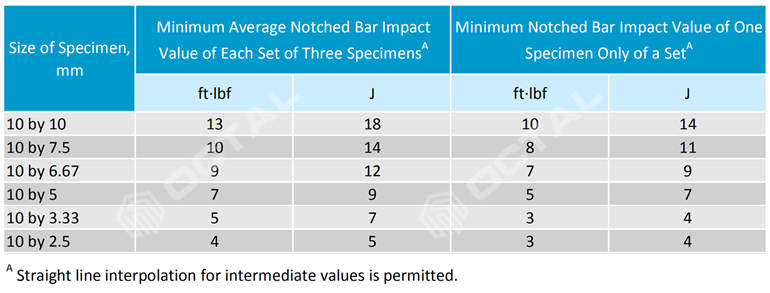
1. ASTM A335/ A335M UNS Designations and Chemical Composition
| ASTM A335/ A335M Chemical Composition % | |||||||||
|---|---|---|---|---|---|---|---|---|---|
| Grade | UNS | C | Mn | P | S | Si | Cr | Mo | Others |
| P1 | K11522 | 0.10-0.20 | 0.30-0.80 | 0.025 | 0.025 | 0.10-0.50 | – | 0.44-0.65 | – |
| P2 | K11547 | 0.10-0.20 | 0.30-0.61 | 0.025 | 0.025 | 0.10-0.30 | 0.50-0.81 | 0.44-0.65 | – |
| P5 | K41545 | 0.15 | 0.30-0.60 | 0.025 | 0.025 | 0.50 | 4.00-6.00 | 0.45-0.65 | – |
| P5b | K51545 | 0.15 | 0.30-0.60 | 0.025 | 0.025 | 1.00-2.00 | 4.00-6.00 | 0.45-0.65 | – |
| P5c | K41245 | 0.12 | 0.30-0.60 | 0.025 | 0.025 | 0.50 | 4.00-6.00 | 0.45-0.65 | *A |
| P9 | S50400 | 0.15 | 0.30-0.60 | 0.025 | 0.025 | 0.25-1.00 | 8.00-10.00 | 0.90-1.10 | – |
| P11 | K11597 | 0.05-0.15 | 0.30-0.60 | 0.025 | 0.025 | 0.50-1.00 | 1.00-1.50 | 0.44-0.65 | – |
| P12 | K11562 | 0.05-0.15 | 0.30-0.61 | 0025 | 0.025 | ≤0.50 | 0.80-1.25 | 0.44-0.65 | – |
| P15 | K11578 | 0.05-0.15 | 0.30-0.60 | 0.025 | 0.025 | 1.15-1.65 | – | 0.44-0.65 | – |
| P21 | K31545 | 0.05-0.15 | 0.30-0.60 | 0.025 | 0.025 | 0.50 | 2.65-3.35 | 0.80-1.06 | – |
| P22 | K21590 | 0.05-0.15 | 0.30-0.60 | 0.025 | 0.025 | 0.50 | 1.90-2.60 | 0.87-1.13 | – |
| P23 | K41650 | 0.04-0.10 | 0.10-0.60 | 0.030 | 0.010 | 0.50 | 1.90-2.60 | 0.05-0.30 | *B |
| P36 | K21001 | 0.10-0.17 | 0.80-1.20 | 0.030 | 0.025 | 0.25-0.50 | 0.30 | 0.25-0.50 | *C |
| P91 | K91560 | 0.08-0.12 | 0.30-0.60 | 0.020 | 0.010 | 0.20-0.50 | 8.00-9.50 | 0.85-1.05 | *D |
| P92 | K92460 | 0.07-0.13 | 0.30-0.60 | 0.020 | 0.010 | 0.50 | 8.50-9.50 | 0.30-0.60 | *E |
| P122 | K92930 | 0.07-0.14 | 0.70 | 0.020 | 0.010 | 0.50 | 10.00-11.50 | 0.25-0.60 | *F |
| P911 | K91061 | 0.09-0.13 | 0.30-0.60 | 0.020 | 0.010 | 0.10-0.50 | 8.50-9.50 | 0.90-1.10 | *G |
*The UNS designation is established in accordance with Practice E527, and SAE J 1086 – Practice for numbering metals and alloys.
*All values are the maximum unless a range is furnished.
*A – 4 times of Carbon≤Titanium≤0.70% or Columbium:8 times of Carbon~10 times of Carbon.
*B – V:0.20-0.30, Cb:0.02-0.08, B: 0.0010-0.006, N:≤0.0015, Al:≤0.030, W:1.45-1.75, Ni:≤0.40, Ti: 0.005-0.060, Ti/N:≥3.5.
*C – Ni:1.00-1.30, Cu:0.50-0.80, Cb:0.015-0.045, V:≤0.02, N:≤0.02, Al:≤0.050.
*D – V:0.18-0.25, N:0.030-0.070, Ni:≤0.40, Al:≤0.02, Cb:0.06-0.10, Ti:≤0.01, Zr:≤0.01.
*E – V:0.15-0.25, N:0.03-0.07, Ni:≤0.40, Al:≤0.02, Cb:0.04-0.09, W:1.5-2.0, B:0.001-0.006, Ti:≤0.01, Zr:≤0.01.
*F – V:0.15-0.30, W:1.30-2.50, Cu:0.30-1.70, Cb:0.04-0.10, B:0.0005-0.005, N:0.040-0.1, Ni:≤0.5, Al:≤0.02, (Ti&Zr):≤0.01.
*G – V:0.18-0.25, Ni:≤0.40, Cb:0.060-0.10, B:0.0003-0.006, N:0.04-0.09, Al:≤0.02, W:0.90-1.10, Ti:≤0.01, Zr:≤0.01.
2. Mechanical Properties: Tensile, Yield, Elongation & Hardness
| ASTM A335 Grade | Tensile Strength | Yield Strength | Elongation % | Hardness(HB) | |||
| ksi | MPa | ksi | MPa | Longitudinal | Transverse | ||
| P1 | 55 | 380 | 30 | 205 | 30 | 20 | – |
| P2 | 55 | 380 | 30 | 205 | 30 | 20 | – |
| P5 | 60 | 415 | 30 | 205 | 30 | 20 | – |
| P5b | 60 | 415 | 30 | 205 | 30 | 20 | – |
| P5c | 60 | 415 | 30 | 205 | 30 | 20 | – |
| P9 | 60 | 415 | 30 | 205 | 30 | 20 | – |
| P11 | 60 | 415 | 30 | 205 | 30 | 20 | – |
| P12 | 60 | 415 | 32 | 220 | 30 | 20 | – |
| P15 | 60 | 415 | 30 | 205 | 30 | 20 | – |
| P21 | 60 | 415 | 30 | 205 | 30 | 20 | – |
| P22 | 60 | 415 | 30 | 205 | 30 | 20 | – |
| P23 | 74 | 510 | 58 | 400 | 20 | – | – |
| P91 | 85 | 585 | 60 | 415 | 20 | – | ≤250 |
| P92 | 90 | 620 | 64 | 440 | 20 | – | ≤250 |
| P122 | 90 | 620 | 58 | 400 | 20 | – | ≤250 |
| P911 | 90 | 620 | 64 | 400 | 20 | – | – |
*All values are minimum unless otherwise specified.
*The specimen for elongation test shall be in the gauge length of 2 inches or 50 mm(or 4D).

